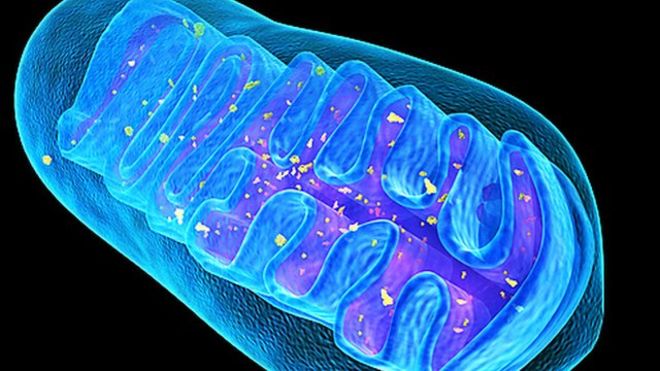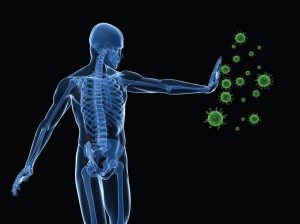Altered energy metabolism is a hallmark of malignancy that can be harnessed to detect and treat cancer1. But tumours are metabolically diverse, so, for treatments to be targeted effectively, non-invasive methods are needed that can observe metabolic characteristics in vivo. Writing in Nature, Momcilovic and colleagues2 report that an imaging agent called 4-[18F]fluorobenzyl triphenylphosphonium (18FBnTP) can be used to identify tumours in mice that could be targeted by inhibitors of oxidative phosphorylation, one of the cellular pathways involved in energy production.
Mitochondria are cellular organelles that integrate essential metabolic functions in the cell, including energy production, the synthesis of biological molecules and signal transduction. These organelles use oxidative phosphorylation to produce the molecule adenosine triphosphate (ATP), the major energy currency of the cell. Oxidative phosphorylation capitalizes on an electrochemical gradient, known as the membrane potential (∆Ψm), that is established by the oxidation of glucose- or nutrient-derived ‘fuel’ molecules in mitochondria (Fig. 1a). Mitochondrial metabolism supports cell proliferation and cancer progression in some malignancies3–5. However, tools have been lacking to observe oxidative phosphorylation directly in tumours, or to predict which tumours rely on this pathway as opposed to other energy-generating pathways — such as glycolysis, which occurs outside mitochondria, in the cytoplasm.
Momcilovic et al. used 18FBnTP to study oxidative phosphorylation in mouse models of lung cancer. This tracer is a positively charged ion that localizes to the negatively charged inner membrane of mitochondria, where oxidative phosphorylation occurs6 (Fig. 1a). The inclusion of fluorine-18 atoms in the molecule provides a radioactive signal that allows accumulation of the tracer to be observed with positron emission tomography (PET), an imaging technique that is commonly used to monitor cancer in the clinic.







